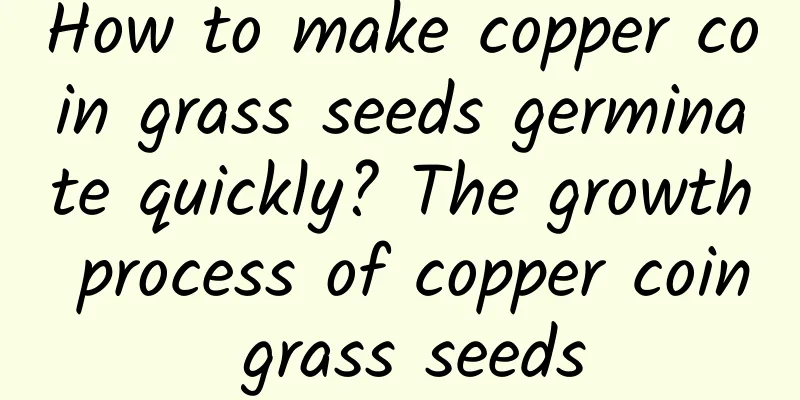How to care for hydrangeas by repotting them in summer?

|
Hydrangea , scientifically known as Hydrangea macrophylla, is a shrub native to East Asia, popular for its brightly colored flowers and spherical inflorescences. They are commonly found on the edges of gardens, in corners of courtyards or in flower beds. To keep hydrangeas in their best condition during this period, repotting becomes one of the indispensable management measures. So how do you care for hydrangeas by repotting them in summer? Let’s take a look below. 1. Why is it necessary to repot? Over time, the soil your hydrangeas are grown in will age and lose nutrients. During the growing season, hydrangea roots will continue to absorb nutrients from the soil, causing the soil to become infertile. Old soil can affect the root health and growth rate of hydrangeas, and even affect the quality and quantity of their flowers. Therefore, regular repotting can effectively renew the soil, providing fresh nutrients and a better growth environment for the hydrangea roots. The process of repotting is not just a simple replacement of pots and soil, but also an improvement and optimization of the living environment of plants. By repotting, you can not only remove the aged soil around the roots, but also stimulate the growth of the roots, making them more developed and healthier. This renewal process helps the plants absorb nutrients better and improve their disease resistance, thereby enhancing the vitality and ornamental value of hydrangeas. 2. How to repot? Choose the right time: The best time to repot is in late spring and early summer, when hydrangeas are growing vigorously and their root systems are active. Avoid repotting during extreme weather conditions to avoid causing additional stress and damage to the plant. Prepare a New Pot and Soil: Prepare a new pot, making sure the new pot has good drainage and is the appropriate size to accommodate the hydrangea's root system. Choose flower soil rich in organic matter and nutrients. You can add appropriate amount of humus or slow-release fertilizer to help provide adequate nutrient supply. Remove the hydrangea and clean the roots: Carefully remove the hydrangea from its original pot, trying to keep its root system intact. You can use your fingers to gently loosen up the old soil to allow the roots to be fully ventilated and released. Tidy up the roots and fill in new soil: Remove the old soil attached to the roots by gently rinsing them with warm water or gently spreading them with your fingers. Place a layer of drainage stones or crushed ceramics at the bottom of the new pot, then add new soil, place the hydrangea roots in it, and gently pat the soil to ensure that the roots are in close contact with the soil. Proper watering and light management: Hydrangeas need an appropriate amount of water after repotting to help their root growth and nutrient absorption. At the same time, hydrangeas prefer plenty of sunlight, but in the strong summer sun, they can be properly shaded to prevent the leaves from being sunburned. 3. Maintenance tips after repotting After repotting, hydrangeas need special attention to the following points to ensure their healthy growth and continued blooming: Water regularly: Hydrangeas need to keep the soil slightly moist during their growth period, but avoid waterlogging to prevent root rot. Usually watering once a week is sufficient, adjusting according to weather and soil moisture. Fertilization and conditioning: After repotting, hydrangeas can be applied with diversified fertilizers once a month, which contain various nutrients such as nitrogen, phosphorus, potassium, etc., which help promote flower bud differentiation and growth, and improve the color and quality of flowers. Regular pruning and shaping: Regularly pruning off yellow leaves and overly long branches will help keep the plant neat and beautiful in shape, and promote the growth and opening of new flower buds. That’s it |
<<: How to manage loofah to produce more fruits?
>>: What fertilizer is best for peppers?
Recommend
How many types of lavender are there?
1. There are several There are 28 species of lave...
Introduction and characteristics of lotus
1. Appearance characteristics Lotus is an aquatic...
What fertilizer is good for growing lotus roots?
Lotus root fertilizer Generally, plants need 16 f...
How to grow hydroponic coriander more vigorously
The method of hydroponic coriander is actually no...
Why Phalaenopsis doesn't bloom
1. Temperature discomfort Reason: The temperature...
When is the best time to transplant Clivia?
Before transplanting Clivia, be sure to choose a ...
What is the best season for planting carrots?
Carrot planting time Carrots are generally plante...
Can bougainvillea be grown hydroponically?
When it comes to hydroponics, there are two types...
Where do hyacinth seeds come from?
Where do hyacinth seeds come from? Hyacinth seeds...
How to care for and water jasmine?
Jasmine is a relatively easy plant to care for, b...
Which month is suitable for sowing spinach?
Although growing spinach may seem simple, it is n...
The difference between Melaleuca alternifolia and Salix palinurus
1. Difference in appearance The bark of the Melal...
The language and meaning of Bermuda butter flower
Bermuda butter flower Flower language: Ignore, te...
How to grow evening mist flower
1. Maintenance methods 1. Temperature: Evening mi...
Is planting greening seedlings profitable? What seedlings are the most profitable?
Is planting green seedlings profitable? At presen...









